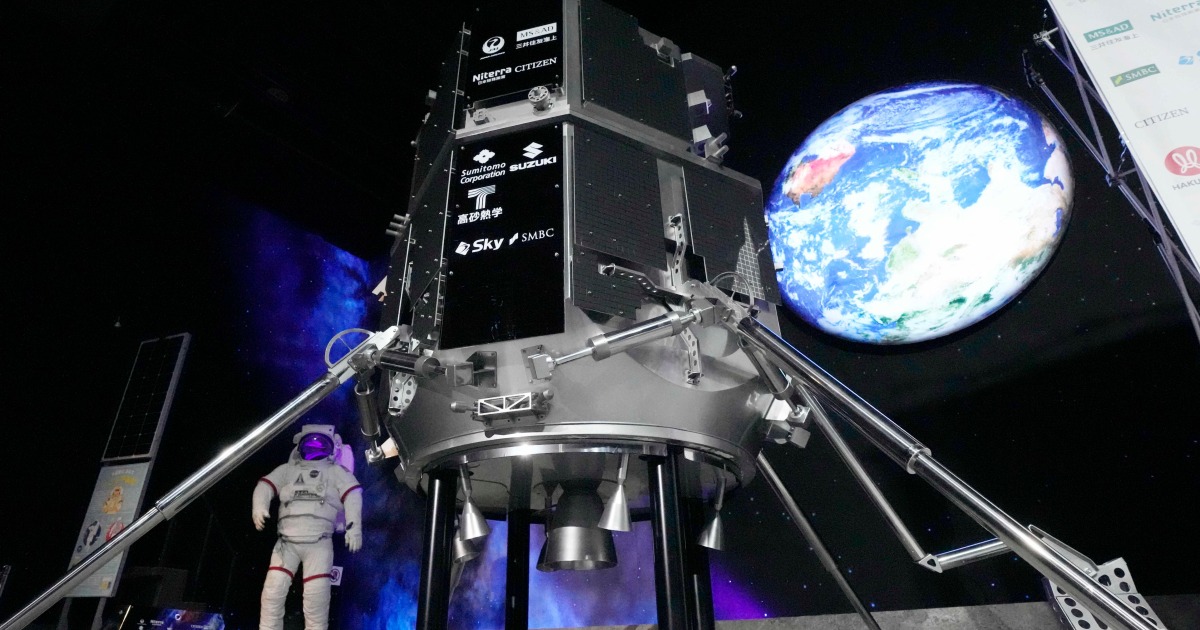These guys came out of nowhere for the title of the first commercial station.
"A private space station company, Vast, announced on Wednesday that it intends to launch (on a Falcon 9) a commercial space station as soon as
August 2025. After deploying this "Haven-1" space station in low-Earth orbit, four commercial astronauts will launch to the facility on board SpaceX's Crew Dragon vehicle."

That's in an F9 fairing. It's a little smaller than the diameter of an ISS module.
How are they going to do this? Spin the module like a drum?
"The company is planning some artificial gravity experiments on Haven-1—it should be able to reach approximately lunar gravity, or one-sixth that of Earth's gravity. It is hoping for a more robust artificial gravity setup with the Starship module later this decade."
"To meet NASA's needs, Vast is planning to launch a larger "Starship-class module" by around 2028. This will be nearly twice as large as Haven-1, with a seven-meter diameter, and it will launch atop SpaceX's Starship rocket. (The International Space Station modules are 4.2 meters in diameter.)"

www.vastspace.com





